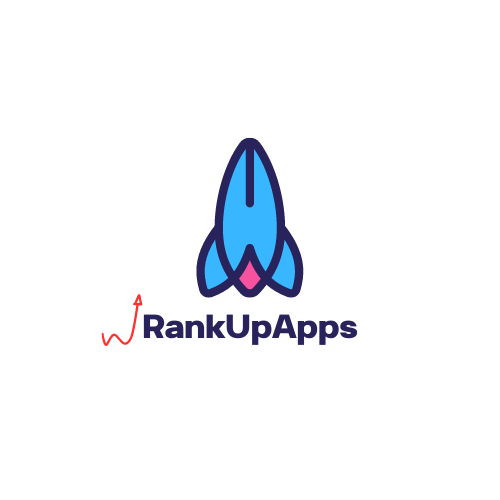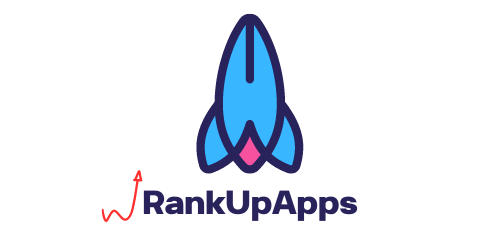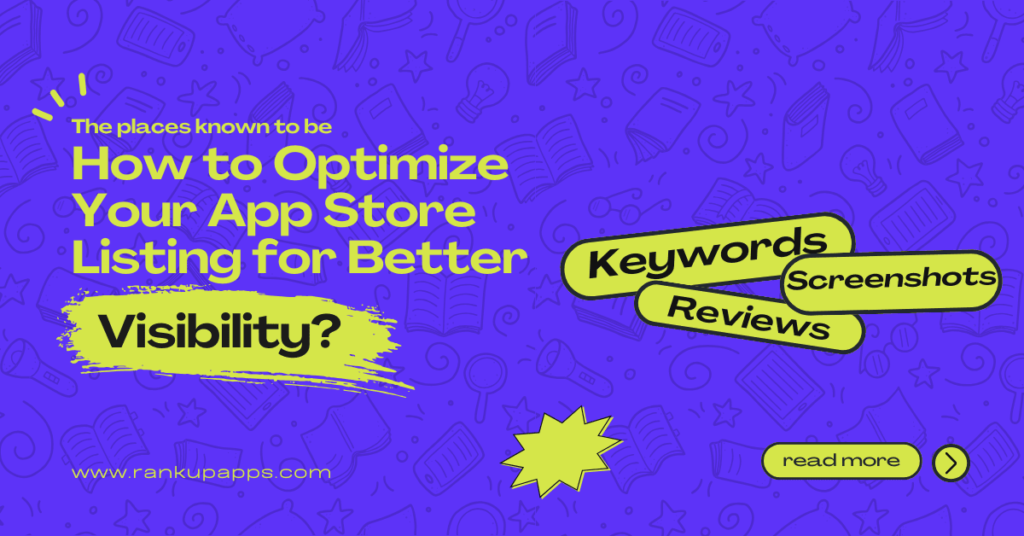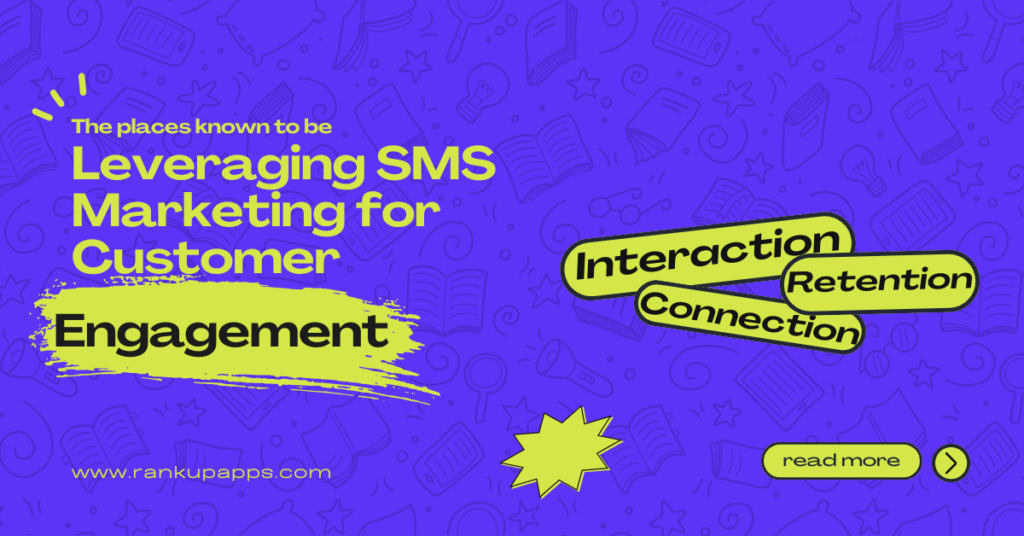The app ecosystem is crowded, with millions of apps competing for visibility. App Store Optimisation (ASO) is key to discovery and downloads, but traditional methods struggle against shifting algorithms. It is where AI in ASO. By analysing user behaviour, search trends, and competitor performance in real time, AI delivers precise insights and automation. It suggests stronger keywords, predicts compelling visuals, and automates A/B testing at scale. With continuous refinement driven by data, AI enables developers and marketers to boost rankings, engagement, and installs. In today’s competitive landscape, AI-driven ASO is the more innovative way to stand out and grow.
Understanding ASO and the Role of AI
So, what is ASO? App Store Optimization (ASO) is the process of improving your app’s visibility and downloads in app stores. It matters because with millions of apps competing for attention, even a great product can fail without discoverability.
Traditionally, ASO involved manual keyword research, title optimization, and creative testing. But the role of AI in ASO is changing the game. AI-powered ASO analyses huge datasets, predicts trends, and automates testing at scale, giving marketers sharper insights and faster results.
Key Differences: Manual vs AI in ASO
- Manual relies on intuition, AI in ASO relies on data-driven predictions
- Traditional updates are slow, and AI automates continuous optimization
- Manual testing is limited, and AI runs multiple variations simultaneously
- Human bias affects choices, AI minimizes guesswork
How AI is Transforming App Store Optimization?
The app ecosystem is more competitive than ever, and standing out in crowded marketplaces is a challenge. Traditional ASO methods relied heavily on manual research, guesswork, and time-consuming testing. Today, AI in ASO is rewriting the rules. By blending machine learning with automation, developers can uncover hidden opportunities, improve rankings, and deliver personalized experiences at scale. From smarter keyword targeting to creative optimization, AI is turning ASO into a precise, data-driven discipline.
-
Smarter Keyword Research and Clustering
Keyword discovery once meant scanning competitor apps and using limited tools. AI now processes thousands of search terms, groups them into clusters, and highlights intent-based opportunities. For example, an AI engine can detect that users searching “budget planner” often overlap with “expense tracker,” guiding developers to target both. This predictive power helps apps capture broader but relevant traffic, boosting visibility with less trial and error.
-
Metadata and Description Generation with AI
Writing compelling titles and descriptions used to be slow and repetitive. With AI in metadata generation, content can be produced quickly while staying relevant to both users and algorithms. AI tools craft metadata that balances keyword density with natural readability. It ensures that descriptions don’t just rank but also persuade users to install. For global apps, AI-driven localization creates culturally adapted versions at scale.
-
AI for A/B Testing Creatives (icons, screenshots, videos)
Visuals are often the deciding factor in installs. Instead of running endless manual tests, AI can predict which designs will perform best. By analysing historical engagement data, AI recommends colour schemes, icon styles, or screenshot layouts most likely to convert. It reduces wasted ad spend and shortens the optimization cycle. A gaming app, for instance, might discover through AI testing that action-packed thumbnails outperform minimalistic ones.
-
Personalized App Recommendations and Discovery
Another frontier is AI in app ranking and recommendations. App stores are moving beyond generic top charts to personalized discovery. AI analyses user behaviour such as search patterns, location, or past installs to surface apps most relevant to each person. For developers, this means a well-optimized app has a higher chance of reaching its ideal audience, even if it’s new or niche.
Comparison of Manual vs AI-Driven ASO
| ASO Task | Manual Method | AI-Driven Method |
| Keyword Research | Competitor tracking, spreadsheets | Automated clustering, predictive intent analysis |
| Metadata Creation | Copywriting, trial edits | AI in metadata generation, context-aware suggestions |
| Creative Testing | Sequential A/B tests, slow cycles | AI-driven predictions, multivariate creative optimization |
| User Discovery & App Ranking | Generalized top charts, broad recommendations | Personalized discovery powered by AI in ASO and ranking |
Top Benefits of Using AI in ASO for App Growth
AI in ASO is transforming how apps get discovered and downloaded. Automating research, testing, and optimization helps marketers move faster and smarter. Instead of guessing what might work, AI tools provide real insights into user behaviour and market trends. This shift allows brands to make decisions that directly impact visibility and retention.
Here are some of the key benefits of AI in ASO:
- Faster keyword targeting – AI can scan thousands of keywords in seconds, picking out the most relevant ones for your niche. It ensures your app ranks higher without wasting time on trial and error.
- Predictive analytics for app user intent – With predictive analytics in ASO, you can anticipate what users are likely to search for next. It helps position your app to meet future demand, not just current trends.
- Better creative optimization – From icons to screenshots, AI tests which creatives drive more clicks. It learns patterns quickly and suggests adjustments that maximize conversion.
- Improved downloads and retention – AI tracks user engagement beyond installs. Understanding behaviour helps optimize features and messaging, keeping users active and reducing churn.
- Data-driven decisions – Every update becomes smarter because AI continuously learns from user responses and competitor movements.
The Dark Side of AI in ASO: Obstacles to Watch Out For
Artificial Intelligence has reshaped how apps optimize their visibility on app stores. From keyword targeting to predictive analytics, AI in ASO offers speed and scale. But with these benefits come challenges that app marketers cannot ignore.
- Risk of Over-Automation
AI-driven tools can analyse thousands of keywords in seconds, but relying solely on automation can backfire. Algorithms may push irrelevant keywords or repetitive descriptions that feel unnatural to users. It creates a gap between technical optimization and real audience connection.
- Data Privacy Issues
AI in ASO depends heavily on user data for personalization. However, constant data collection raises privacy concerns. Stricter regulations like GDPR and evolving app store policies demand careful handling of sensitive information. A single misstep in compliance can damage credibility and trust.
- Balancing Machine Output with Human Creativity
AI excels at spotting trends and testing variations, but it struggles to capture cultural nuances or emotional appeal. Human creativity is essential to craft engaging app descriptions, visuals, and messaging that resonate. The challenge is knowing where to let AI guide and where to let humans lead.
- Dependence on Evolving Algorithms
App stores frequently update their ranking systems. Over-reliance on AI predictions can make strategies vulnerable when these algorithms change. A flexible approach that mixes AI insights with human judgment ensures resilience.
Case Studies: Success with AI in ASO
The rise of AI in ASO has shifted how apps approach visibility and downloads. Real examples show just how powerful the combination of artificial intelligence and human insight can be.
Take a startup productivity app that struggled to gain traction in a crowded niche. By using AI keyword research tools, the team identified long-tail phrases competitors overlooked. Within three months, their app’s visibility jumped by 45%, and organic downloads followed. The win wasn’t just in keywords, it was in the precision of matching user intent.
A gaming app offers another clear example. Its team leaned on AI-driven creative testing to refine store visuals. Instead of relying on guesswork, the AI tested thousands of ad variations to predict which screenshots and icons would spark the most installs. The results were impressive: a 60% lift in click-to-install rates and stronger retention among players who resonated with the optimized visuals.
These AI ASO case studies highlight that success with AI in ASO isn’t about replacing marketers. It’s about accelerating the work they already do, finding patterns faster, testing at scale, and giving data-backed answers. The smartest teams know AI is a partner, not a shortcut.
Key Takeaway: AI delivers results faster when paired with a human strategy.
The Future of AI in ASO: Transforming App Store Optimization
The future of AI in ASO is reshaping how apps get discovered, ranked, and retained in competitive marketplaces. Instead of relying only on keywords and static optimization, AI in ASO is bringing smarter, data-driven approaches that learn from user behaviour in real time. It means app marketers can move beyond guesswork and design strategies that match evolving search patterns and user intent.
Here are three key trends shaping the future of AI in ASO:
- Predictive personalization: AI models can forecast what type of content or app a user is most likely to engage with, making app listings more relevant and appealing.
- Integration of voice and visual search: As more people use voice assistants and visual cues, AI and app discovery will increasingly rely on algorithms that understand natural speech and image-based intent.
- Automated campaign scaling: Machine learning can adjust bids, creatives, and targeting in real time, ensuring campaigns expand smoothly without losing efficiency.
The future of AI in ASO lies in constant adaptation. By combining automation with human creativity, app marketers can achieve stronger visibility, better installs, and long-term growth in an increasingly crowded digital marketplace.
Conclusion: Why AI in ASO is the Future
AI in ASO is transforming how apps get discovered and chosen. From predicting user intent to automating keyword research, it makes optimization faster, smarter, and more effective. Businesses that adopt these tools now gain a clear edge, better rankings, stronger visibility, and higher downloads. The future of ASO with AI isn’t years away; it’s already here. Companies that delay will struggle to compete with data-driven rivals. Embracing AI in ASO today means building strategies that scale with precision and adapt to market shifts. The apps that lead tomorrow will be those powered by intelligent optimization today.



